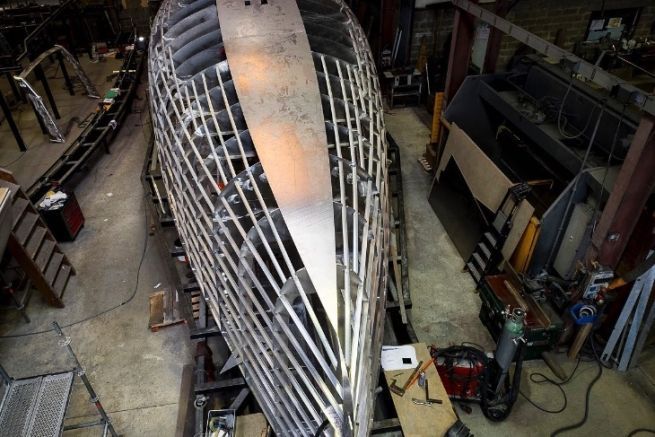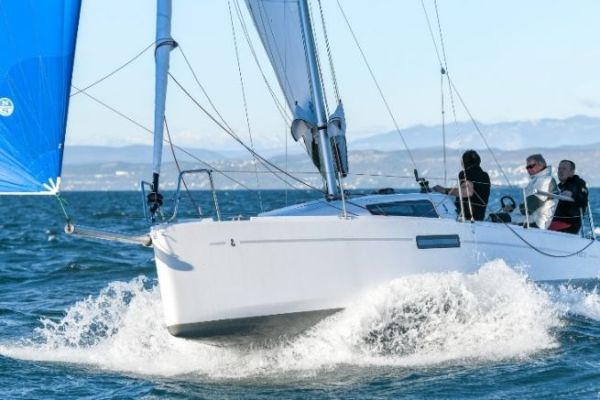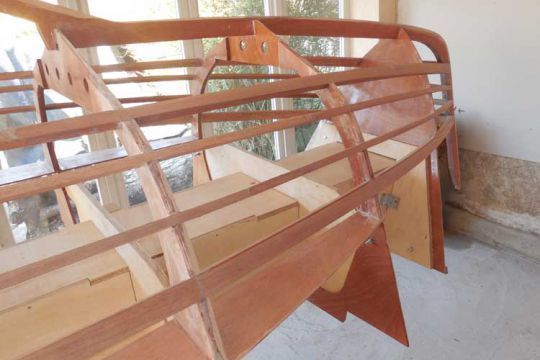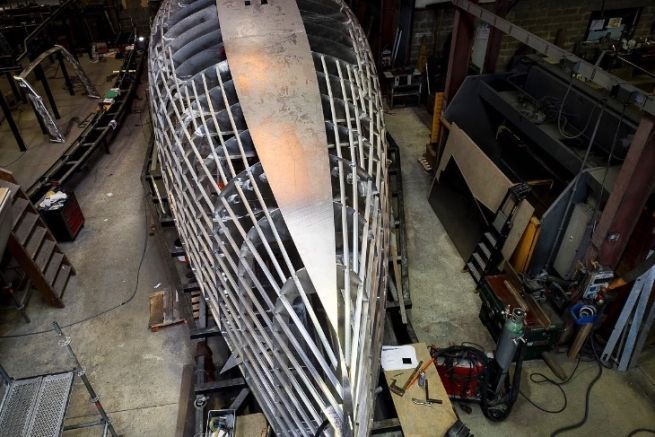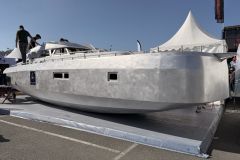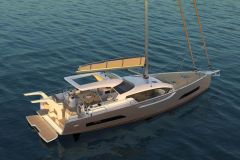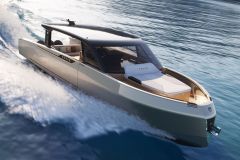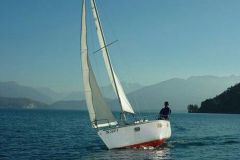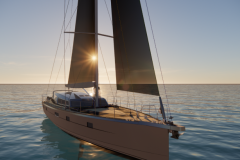Aluminium boats
Aluminium boats are built by welding. That is to say, the plates are laid on marble and welded together to form the hull and deck. This construction technique has developed considerably since the 1960s, thanks in particular to advances in welding techniques.
The "strongall" construction technique (thick aluminium without structure) simplifies the construction method.
This material is widely used for long-distance cruising boats and large superyachts, as it offers many advantages. First of all, it is very strong and rigid and therefore very resistant to shocks. In the event of impact, there is little risk of puncturing the hull, as the structure tends to deform. It is also easily repairable. Aluminium also allows for lightweight construction.
Although it is about 20% more expensive than polyester, it is above all a conductive material and must be well protected to avoid electrolysis (or galvanic corrosion, which is an electrochemical phenomenon that oxidizes the hull and can create waterways).
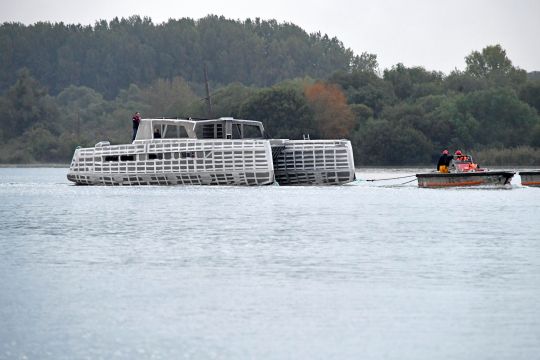
Steel boats
This material was rather used in yachting in the 70's, but was somewhat forgotten to the detriment of aluminium, which is much lighter (but more expensive). It is still used for amateur constructions, but it is mainly used in the construction of workboats for its very great solidity and its ability to withstand all types of sea.
The disadvantage of steel is of course that it rusts, so it is important to maintain the hull using paints.

 /
/ 